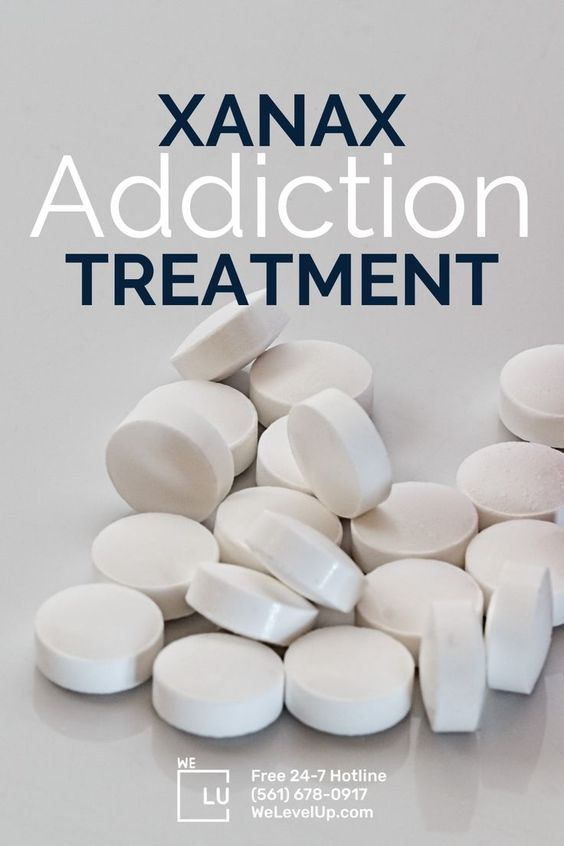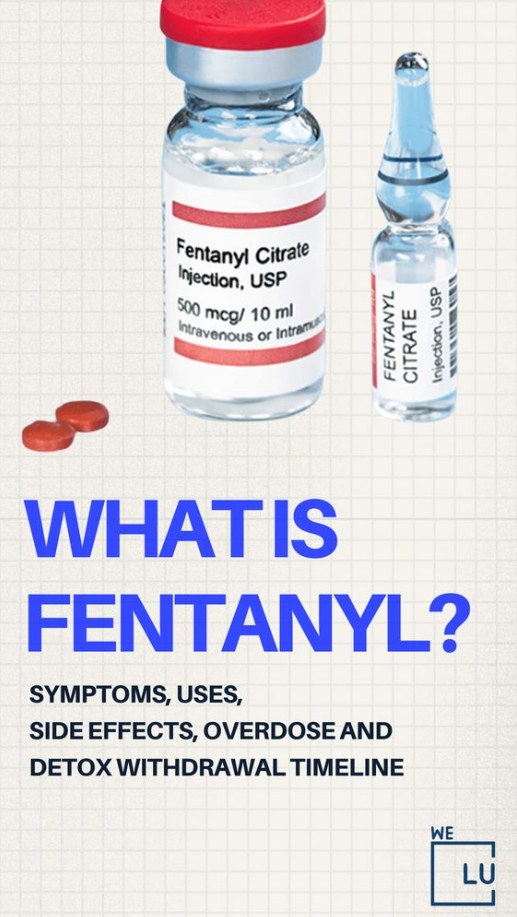How much alcohol causes cirrhosis?
Little is known about how drinking causes liver disease and alcoholic cirrhosis. The strongest evidence of the causality between alcohol and liver disease stems from epidemiological observations. Factors contributing to alcohol-induced fibrosis and cirrhosis include cytokines, oxidative stress, and toxic metabolites of ethanol.
Patients with alcoholic cirrhosis generally have complications at diagnosis, and cirrhotic complications should be actively assessed because they are closely associated with subsequent morbidity as well as mortality. Abstinence is strictly required to prevent disease progression and is critical for eventual liver transplantation. In addition, nutritional therapy remains the mainstay of managing alcohol-related diseases. [1] Read more to learn how much alcohol causes cirrhosis?
How Alcohol Affects The Liver
Alcoholism is a global health problem. The liver metabolizes most of the ingested alcohol. Among individuals who consume more than 70 drinks (1 drink = one 12 oz. beer at 4% alcohol or one 1.5 oz glass of wine at 11% alcohol) per week for over 20 years, 19% developed alcoholic liver disease and 7% developed cirrhosis.
Thresholds of ethanol consumption per week for the development of alcoholic liver disease were 7 to 13 drinks for women and 14 to 27 drinks for men.

Alcoholic liver disease can be divided on histology into steatosis, alcoholic hepatitis, hepatitis superimposed on early cirrhosis, and cirrhosis. When symptoms occur in individuals with alcohol abuse, many of them already have progressed to cirrhosis. The risk of cirrhosis correlates strongly with past and current alcohol drinking, and many patients with alcoholic cirrhosis have complications at diagnosis. [2]
Alcoholic liver disease occurs after years of heavy drinking. Over time, scarring and cirrhosis can occur. Cirrhosis is the final phase of alcoholic liver disease. Alcoholic liver disease does not occur in all heavy drinkers. The chances of getting liver disease go up the longer you have been drinking and more alcohol you consume. You do not have to get drunk for the disease to happen.
The disease is common in people between 40 and 50 years of age. Men are more likely to have this problem regardless of how much alcohol causes cirrhosis. However, women may develop the disease after less exposure to alcohol than men. Some people may have an inherited risk for the disease. [3]
Symptoms
The liver is a large organ that sits up under the ribs on the right side of the belly (abdomen). The liver:
- Helps filter waste from the body
- Makes bile to help digest food
- Stores sugar that the body uses for energy
- Makes proteins that work in many places in the body, for example, proteins that cause blood to clot
Unfortunately, when you drink alcohol heavily over decades, the body begins to replace the liver’s healthy tissue with scar tissue. Doctors call this condition alcoholic cirrhosis. As the disease progresses and more of your healthy liver tissue is replaced with scar tissue, your liver will cease functioning correctly. Symptoms of cirrhosis include those of alcoholic hepatitis, as well as the following:
- Accumulation of fluid in the abdomen (ascites)
- High blood pressure in the liver (portal hypertension)
- Bleeding from veins in the esophagus (esophageal varices)
- Behavior changes and confusion
- Enlarged spleen
Research has shown that cirrhosis can be reversed, although this may not occur for all patients. Cirrhosis caused by alcohol can be a life-threatening disease.

Alcohol and Liver Damage
The most significant risk factor for alcoholic liver disease is alcohol abuse. Typically, a person has drunk heavily for at least eight years. The National Institute on Alcohol Abuse and Alcoholism defines heavy drinking as drinking five or more drinks in one day on at least five of the past 30 days.
Women are also more at-risk for alcoholic liver disease and may be more inclined to the disease regardless of how much alcohol causes cirrhosis. Women don’t have as many enzymes in their stomachs to break down alcohol particles. Because of this, more alcohol is able to reach the liver and make scar tissue.
Alcoholic liver disease can also have some genetic factors. For example, some people are born with a deficiency in enzymes that help to eliminate alcohol. Obesity, a high-fat diet, and having hepatitis C can also increase a person’s likelihood they will have alcoholic liver disease.
Alcoholic Liver Cirrhosis
Doctors can diagnose alcoholic liver cirrhosis by first taking a medical history and discussing a person’s history of drinking. A doctor will also run some tests that can confirm a cirrhosis diagnosis. The results of these tests may show:
- Anemia (low blood levels due to too little iron)
- High blood ammonia level
- High blood sugar levels
- Leukocytosis (large amount of white blood cells)
- Unhealthy liver tissue when a sample is removed from a biopsy and studied in a laboratory
- Liver enzyme blood tests that show the level of aspartate aminotransferase (AST) is two times that of alanine aminotransferase (ALT)
- Low blood magnesium levels
- Low blood potassium levels
- Low blood sodium levels
- Portal hypertension
Doctors will also try to rule out other conditions that may affect the liver to confirm that cirrhosis has developed and based on how much alcohol causes cirrhosis.
How is alcohol-induced liver disease diagnosed?
Your healthcare provider will do a complete health history and physical exam. Other tests used to diagnose alcohol-induced liver disease may include: [4]
- Blood tests. Including liver function tests, which show whether the liver is working the way it should.
- Liver biopsy. This involves removing small tissue samples from the liver with a needle or during surgery. These samples are checked under a microscope to find out the type of liver disease.
- Ultrasound. This test uses high frequency sound waves to create a picture of the organs.
- CT scan. This imaging test uses X-rays and a computer to produce images (often called slices) of the body. A CT scan shows detailed images of any part of the body, including the bones, muscles, fat, and organs. CT scans are more detailed than general X-rays.
- MRI. MRI uses a magnetic field, radio frequency pulses, and a computer to make detailed pictures of internal body structures. Sometimes injecting dye into a vein is used to produce images of body parts. The dye helps show the liver and other organs in the abdomen (belly).

Alcoholics generally drink excessively, often much more than four drinks per day and in a manner, they can’t control. Fortunately, alcoholism is treatable.
Alcoholic Liver Cirrhosis Treatment
Doctors can reverse some forms of liver disease with treatment, but alcoholic liver cirrhosis usually can’t be reversed. However, your doctor can recommend treatments that may slow the disease’s progress and reduce your symptoms.
The first step in treatment is to help the person stop drinking. Those with alcoholic liver cirrhosis are often so dependent on alcohol that they could experience severe health complications if they try to quit without being in the hospital. A doctor can recommend a hospital or treatment facility where a person can start the journey toward sobriety.
Other treatments a doctor may use include:
- Medications: Other medications doctors may prescribe include corticosteroids, calcium channel blockers, insulin, antioxidant supplements, and S-adenosyl-L-methionine (SAMe).
- Nutritional Counseling: Alcohol abuse can lead to malnutrition.
- Extra protein: Patients often require extra protein in certain forms to help reduce the likelihood for developing brain disease (encephalopathy).
- Liver Transplant: A person often must be sober for at least six months before they are considered a candidate for liver transplant.
Alcoholic liver disease is treatable if it is caught before it causes severe damage regardless of how much alcohol causes cirrhosis. However, continued excessive drinking can shorten your lifespan. Cirrhosis further worsens the condition and can lead to serious complications. In case of severe damage, the liver cannot heal or return to normal function.
Possible Complications
Alcoholic liver disease is treatable if it is caught before it causes severe damage. However, continued excessive drinking can shorten your lifespan. Cirrhosis further worsens the condition and can lead to serious complications. In case of severe damage, the liver cannot heal or return to normal function.
Complications may include:
- Bleeding disorders (coagulopathy)
- Buildup of fluid in the abdomen (ascites) and infection of the fluid (bacterial peritonitis)
- Enlarged veins in the esophagus, stomach, or intestines that bleed easily (esophageal varices)
- Increased pressure in the blood vessels of the liver (portal hypertension)
- Kidney failure (hepatorenal syndrome)
- Liver cancer (hepatocellular carcinoma)
- Mental confusion, change in the level of consciousness, or coma (hepatic encephalopathy)
Alcoholism Treatment and Detox at We Level Up TX Treatment Center
If you are an alcoholic, your very first step in recovery should be to medical alcohol detox in a safe and medically supervised setting. We Level Up TX detox center medically assist patients to clear their systems of addictive substances, such as alcohol.
For anyone who suffers from addiction, just the thought of having to stop using can cause severe mental distress. But, with the help of a medical detox center, the medical detox process is managed. A comprehensive team prescribing medications can alleviate your withdrawal pains while monitoring your health 24 hours. Assuring both your safety and comfort.
At Level Up TX, our thorough approach to rehabilitation supports several levels of care to ensure the best possible outcome for every patient who enters our doors. From an intensive and more supportive atmosphere for those in the early days of recovery to a comfortable residential-style living dynamic upon completion of detox, we are here to help guide you down the safe and results-based path to your sobriety.
If you or someone you love is struggling with alcoholism and doesn’t know how much alcohol causes cirrhosis, contact a treatment provider to find a rehabilitation center today.
Sources:
[1-2] Pathogenesis and management of alcoholic liver cirrhosis – National Center for Biotechnology Information, U.S. National Library of Medicine https://www.ncbi.nlm.nih.gov/pmc/articles/PMC3846480/
[3] https://medlineplus.gov/ency/article/000281.htm Alcoholic liver disease – U.S. National Library of Medicine
[4] https://www.hopkinsmedicine.org/health/conditions-and-diseases/alcoholinduced-liver-disease The Johns Hopkins University





